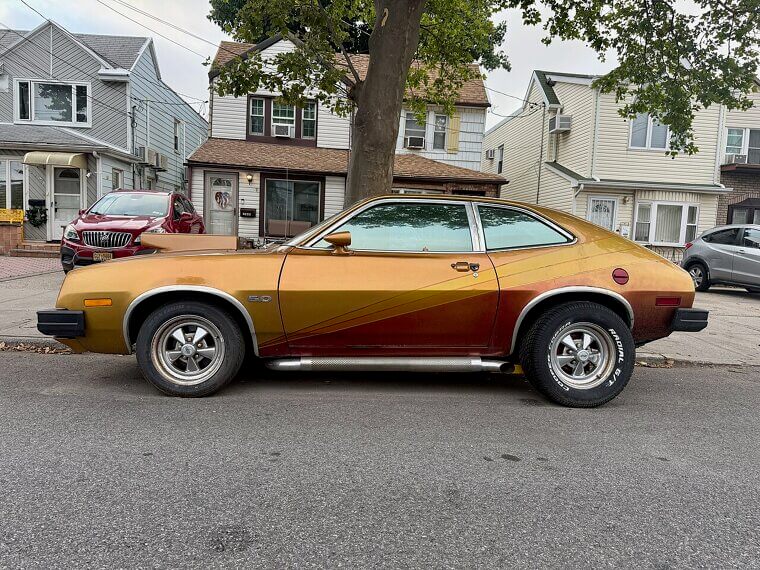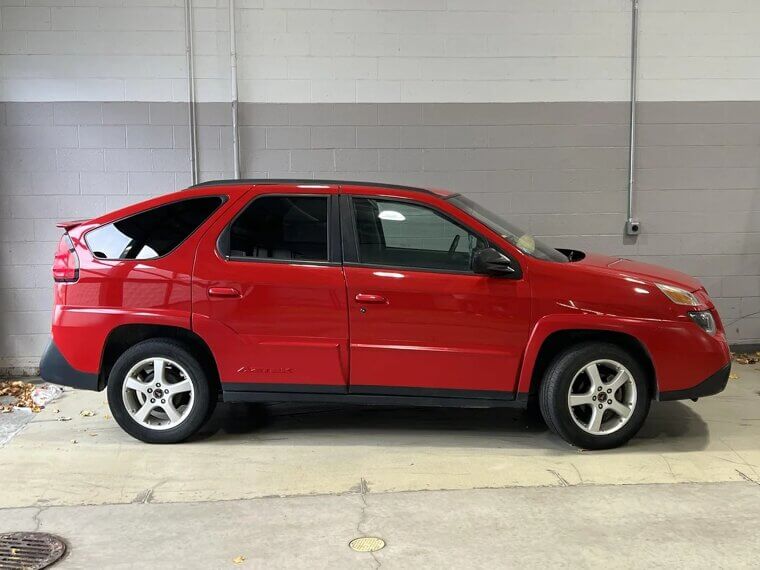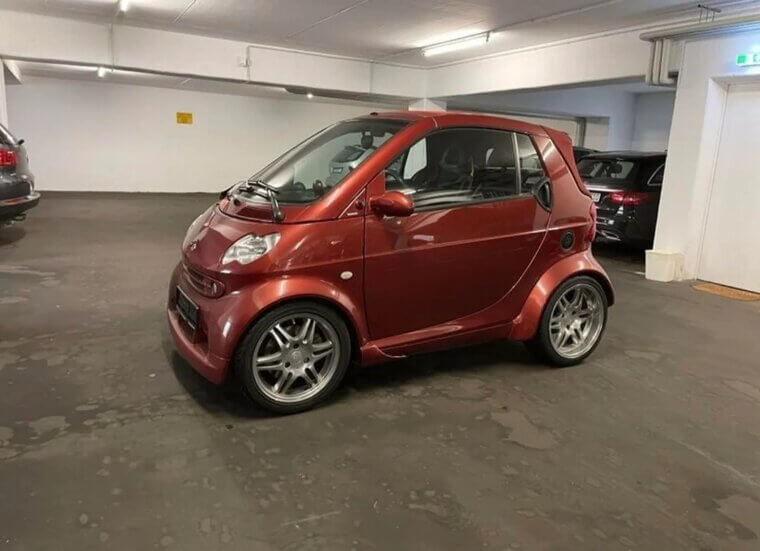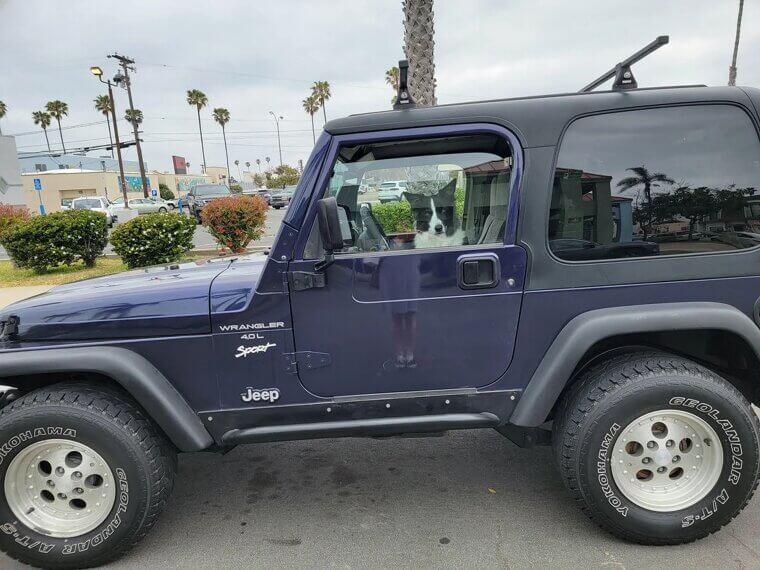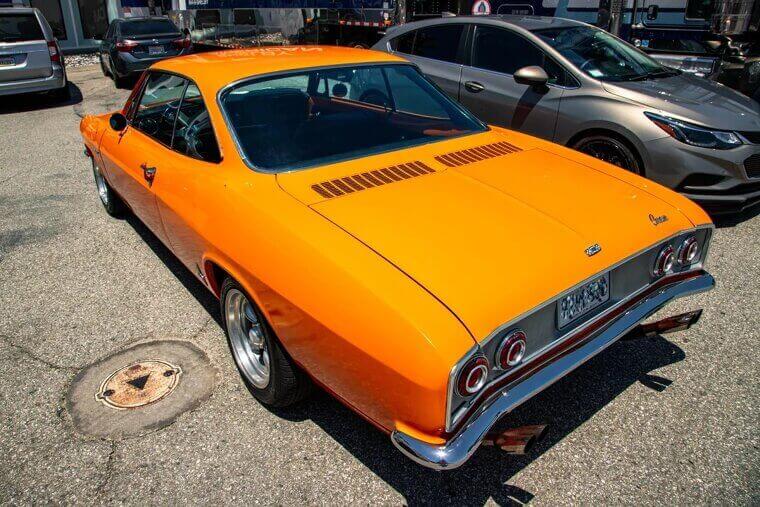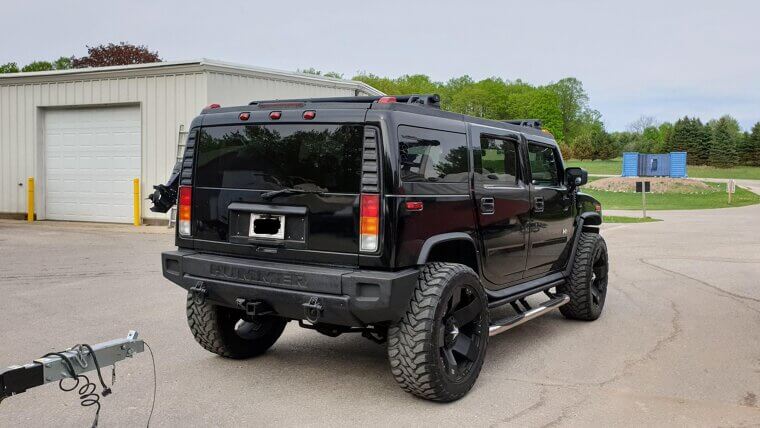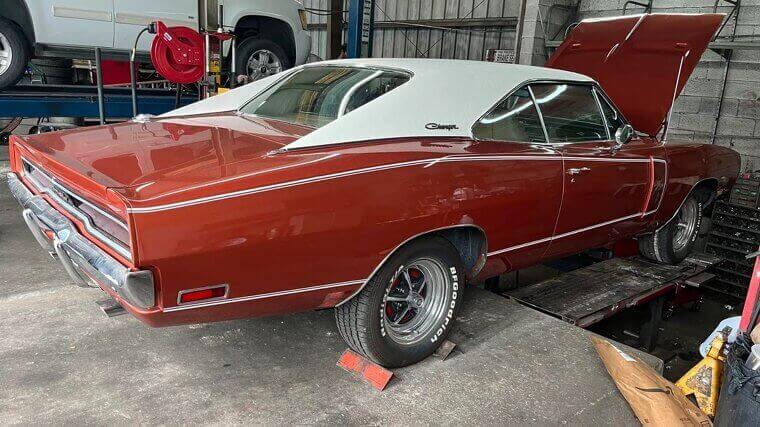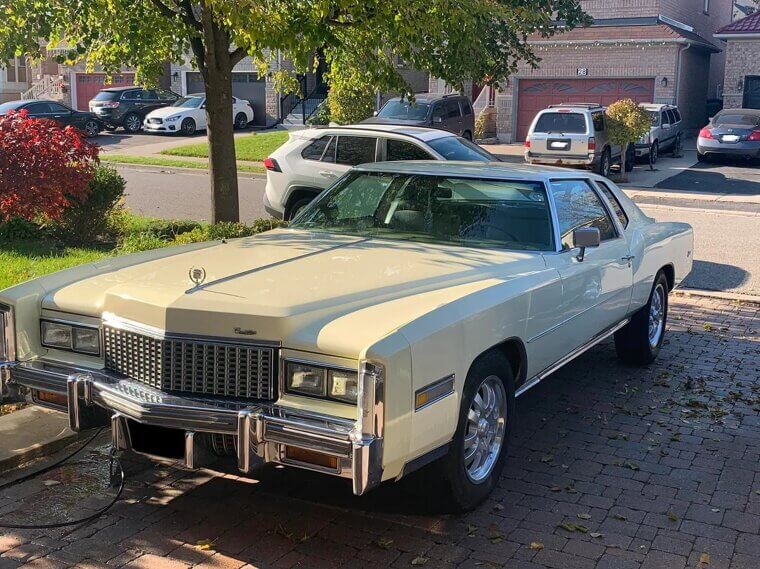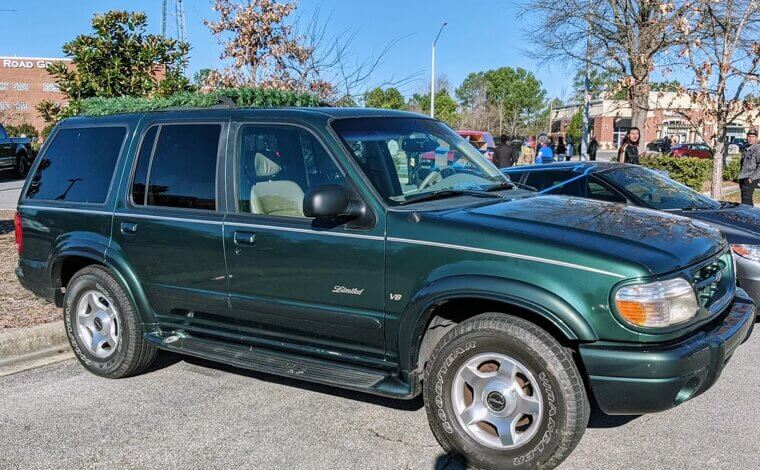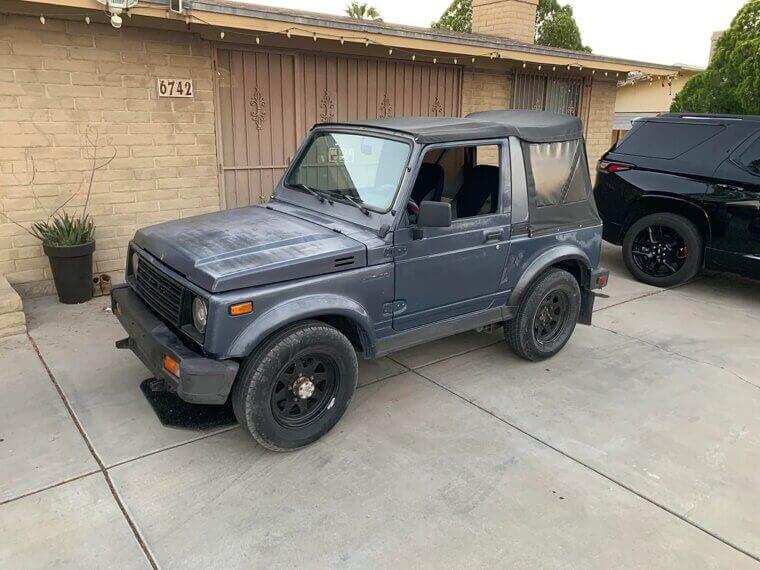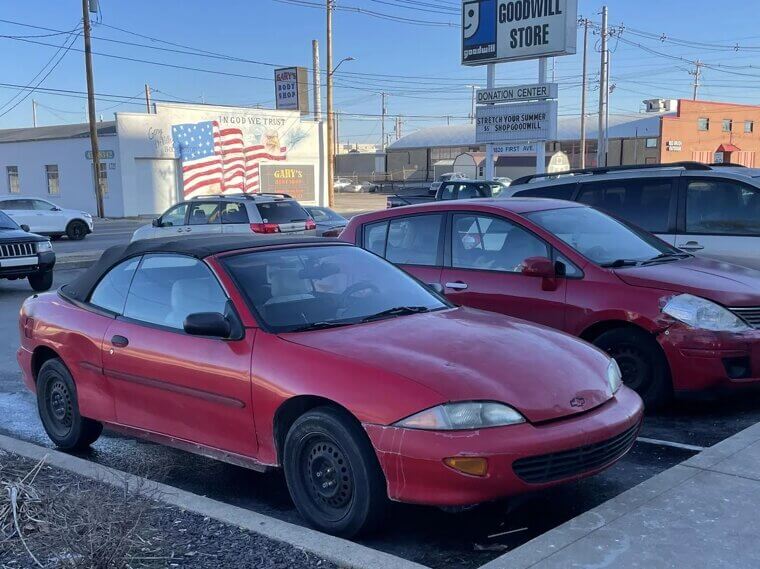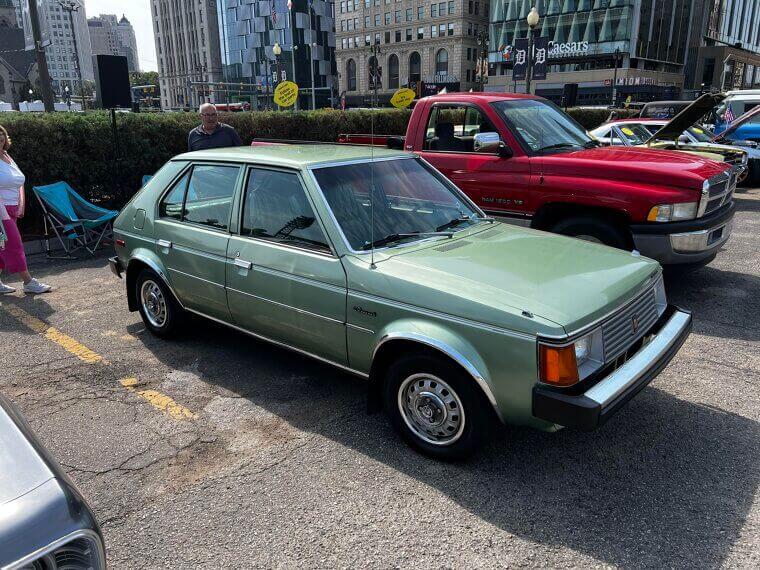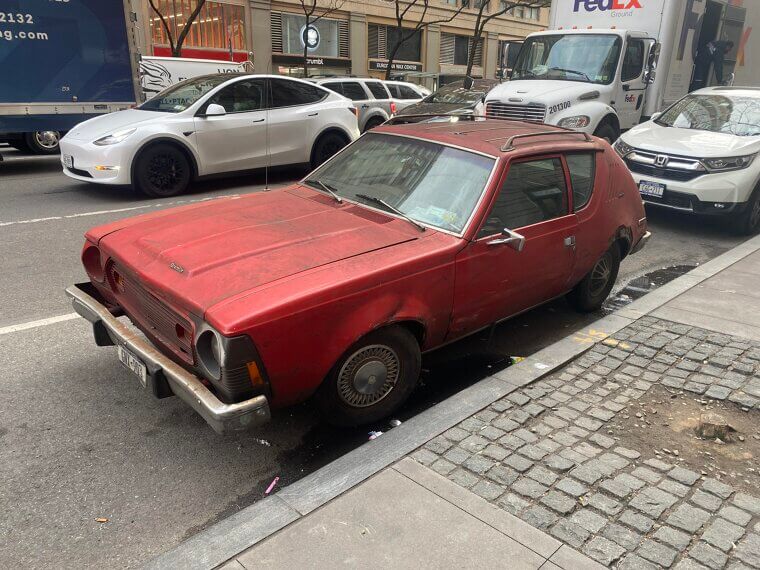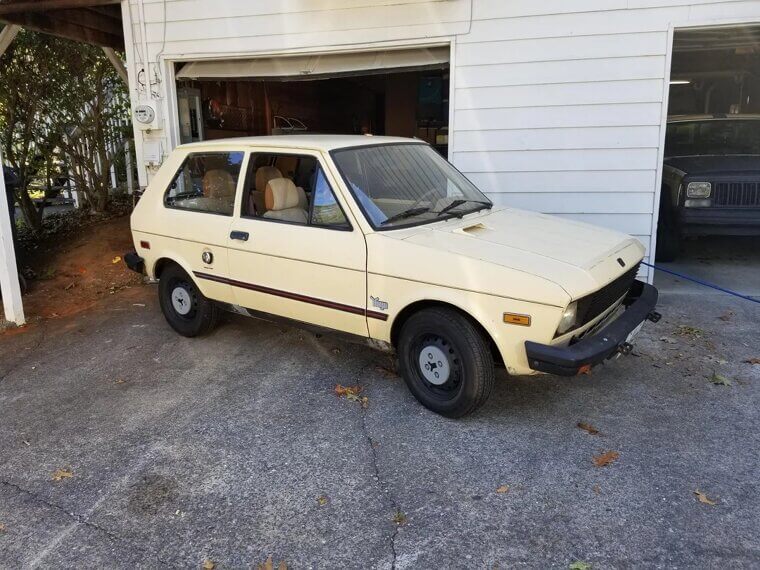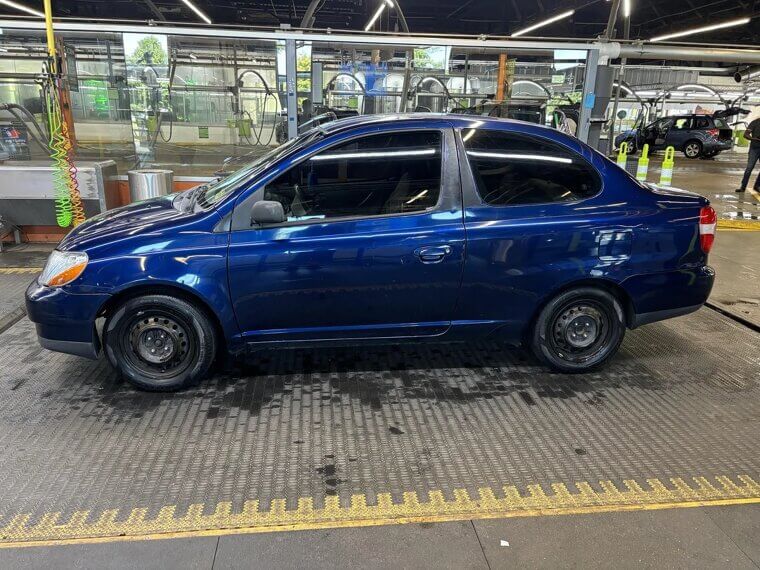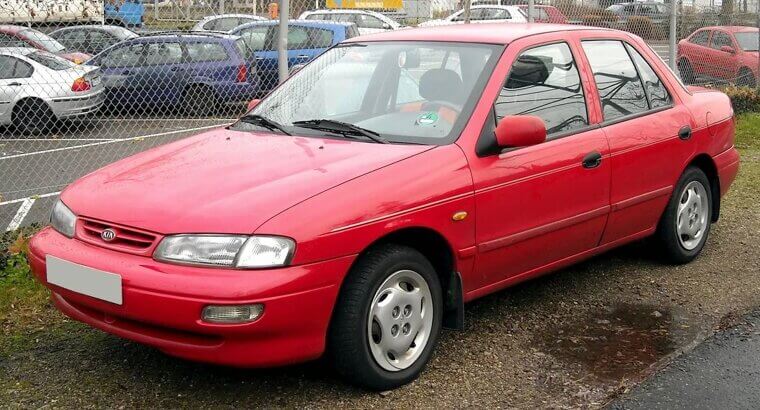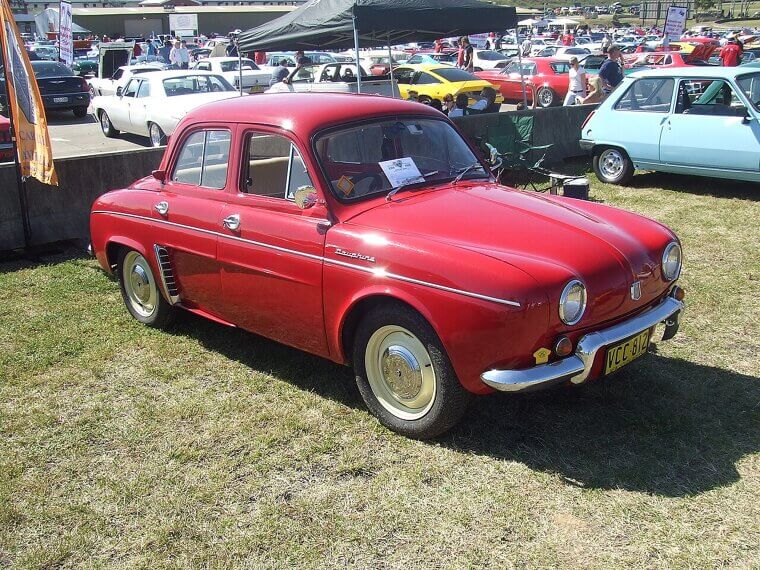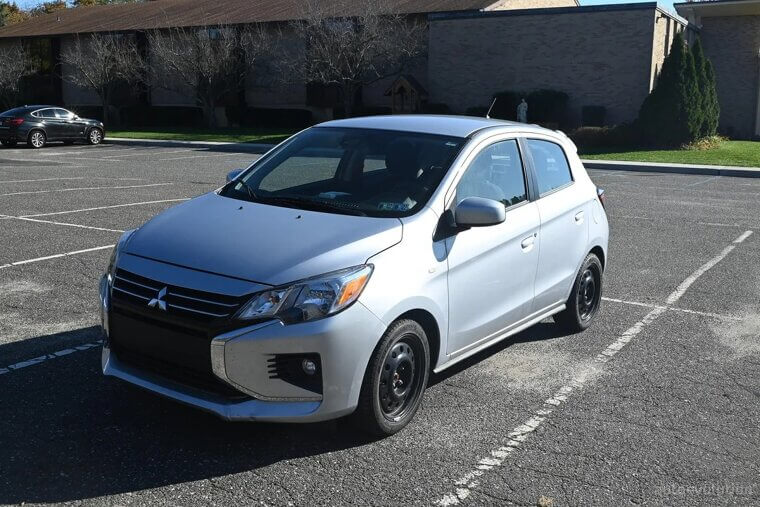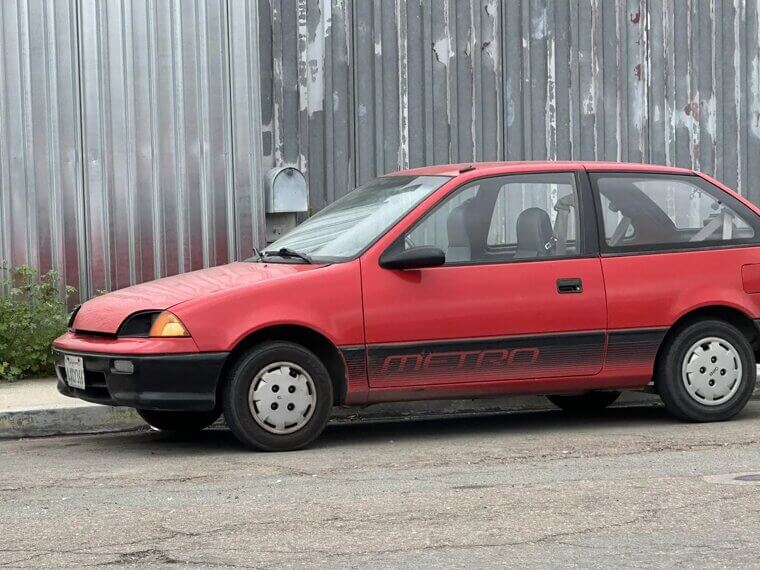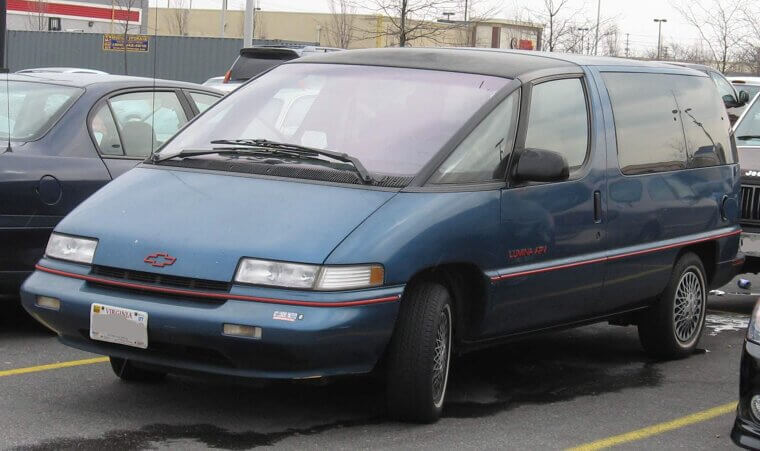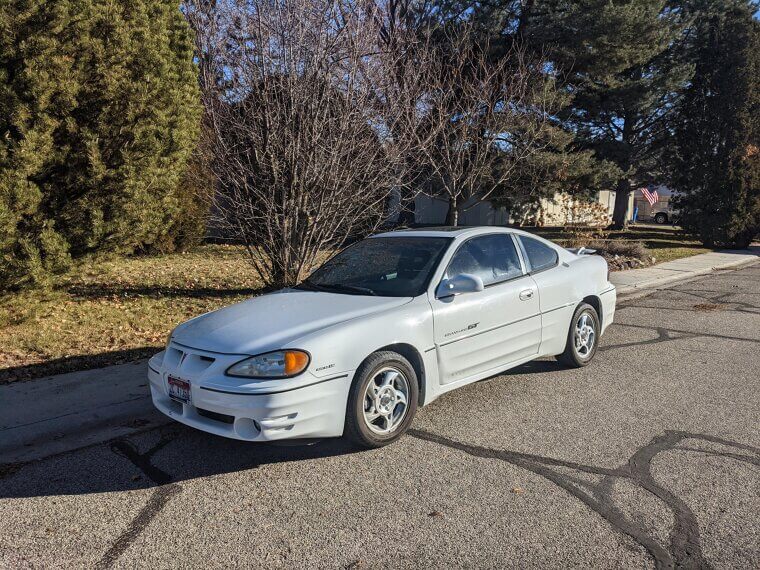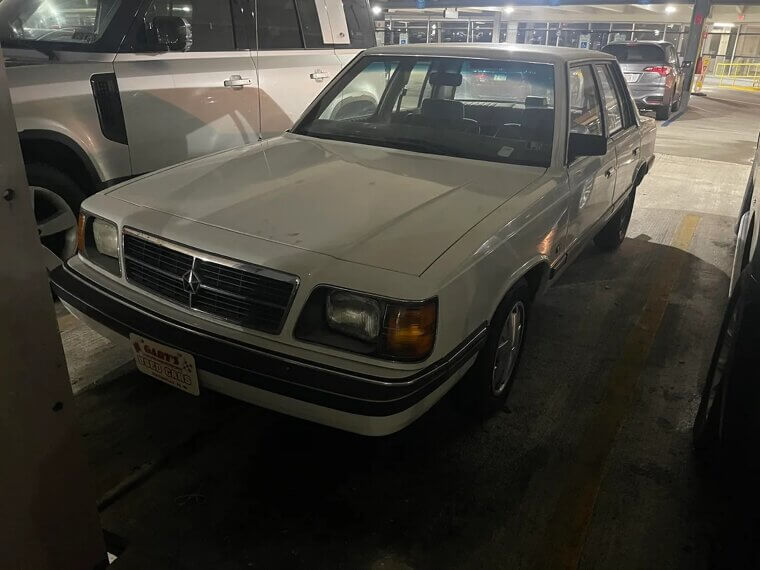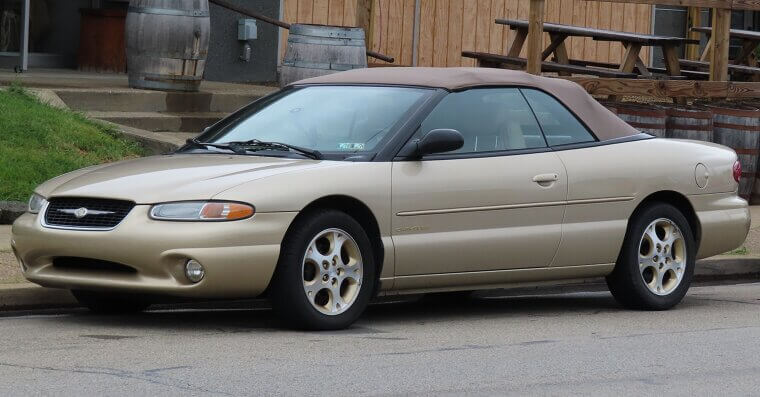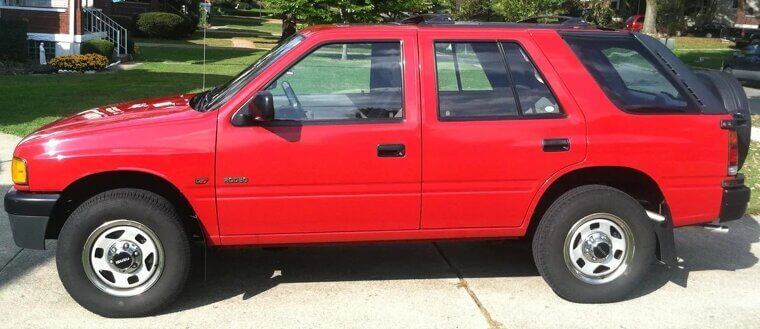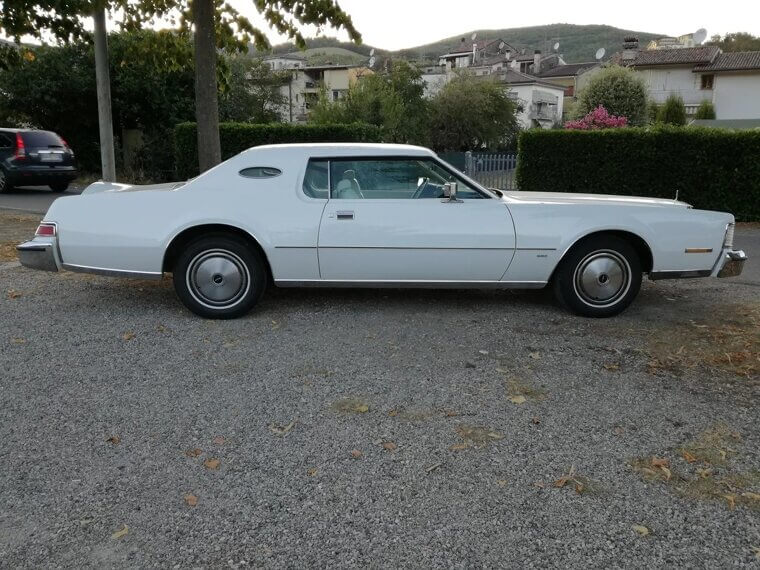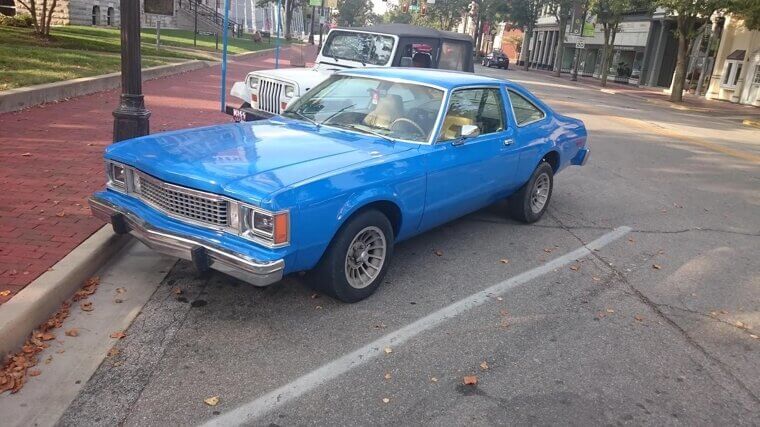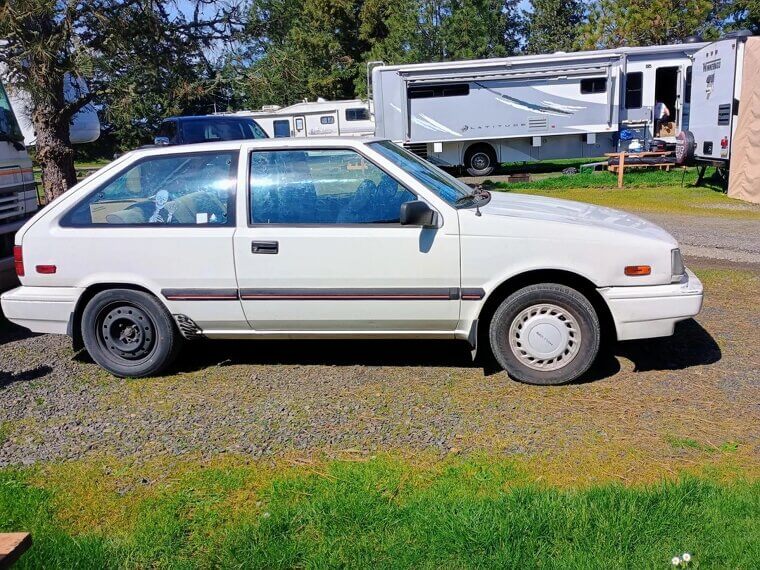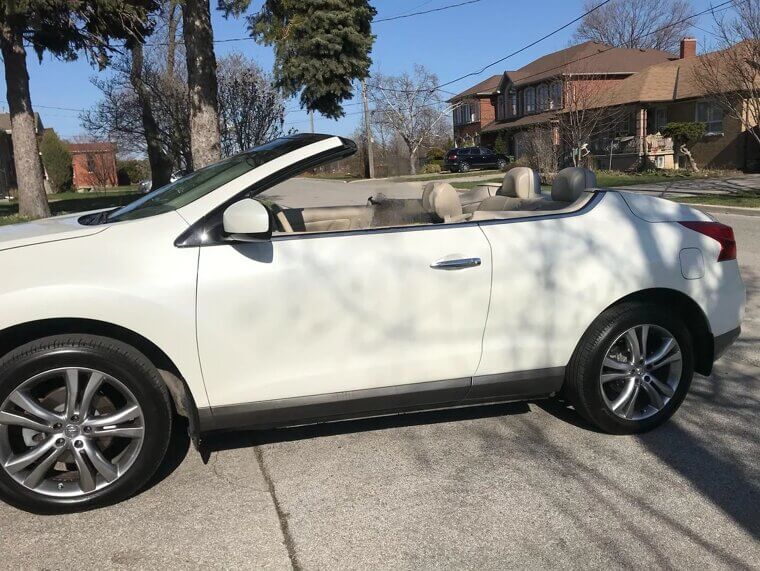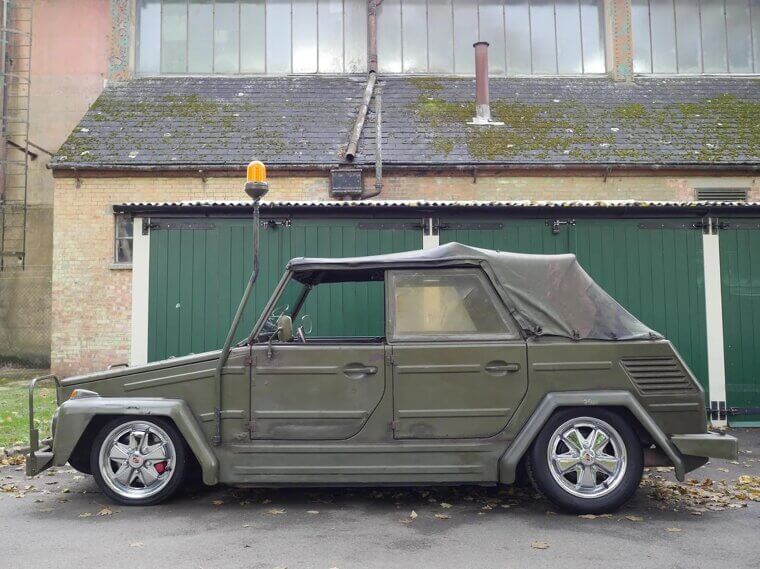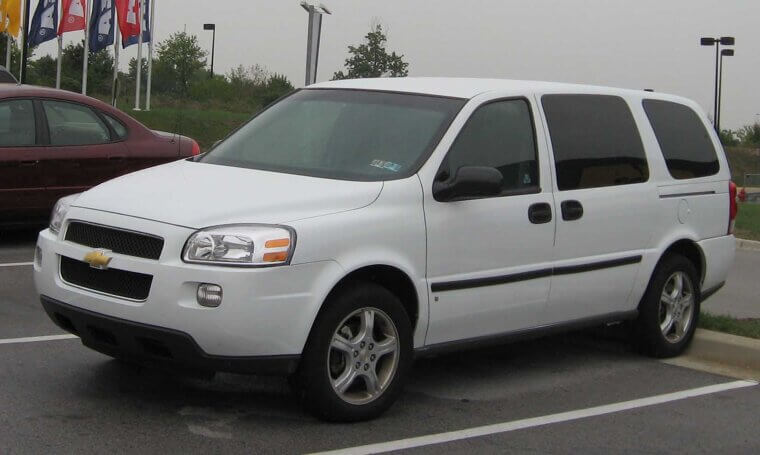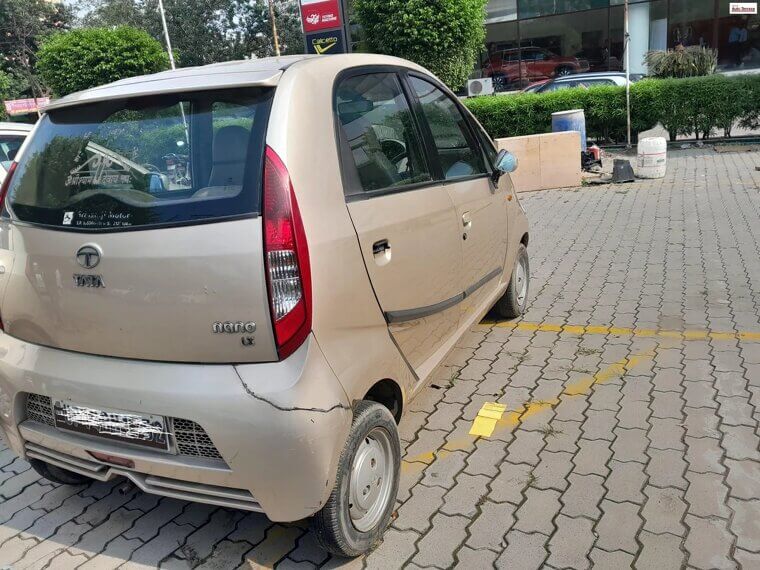These Cars Are Famous for the Wrong Thing: Bad Handling
Some cars are quick and fun, and others are known for just one big problem - their bad handling. These cars feel clumsy and awkward on the road. We’ve rounded up 35 cars famous for their bad handling, so read on and see just which cars to avoid.
Ford Pinto
The Pinto is infamous for its instability at higher speeds. Its light rear and small wheelbase made it feel twitchy in turns, and drivers found it a bit unpredictable. It earned a reputation for unsafe handling despite being cheap and popular.
Pontiac Aztek
Pontiac’s Aztek wasn’t just ugly; it also struggled with handling. It had a high center of gravity and soft suspension that made it sway in corners. The Aztek was way less stable than similar SUVs and crossovers, and it was often overlooked.
Smart ForTwo
The Smart ForTwo is tiny and easy to park, but it’s hard to handle in tricky situations. It’s got a short wheelbase and is lightweight enough to make it prone to tipping in sharp turns. It’s cute, yes, but too many drivers worry about its stability.
Jeep Wrangler
Older models of the Jeep Wrangler are legendary off-road. But on the road? They just aren’t great. Their tall body and high center of gravity make cornering sloppy. They also feel wobbly at higher speeds, making them better suited for trails.
Chevrolet Corvair
Early Chevy Corvairs had a rear-engine layout that caused oversteer and made cornering tricky. The handling could feel loose and unstable, especially on wet roads. Sure, it had an innovative design, but too many people felt it was nerve-wracking to drive.
Hummer H2
The H2 is massive and heavy, which makes turning at speed feel awkward. The suspension also doesn’t soak up bumps well. Drivers have described it as slow to respond, giving a “boat-like” feeling on curves and winding roads.
1970s Dodge Charger
Some of the earlier Chargers were heavy and poorly balanced. The weight distribution made sharp turns tricky, and suspension setups were soft. Drivers often had to fight the steering to stay in control, especially when pushing the car through curves.
1970s Cadillac Eldorado
Cadillac’s Eldorado was big and luxurious. But, its handling suffered under its length and weight. Steering was a challenge, and corners were a slow, careful process that left drivers frustrated. The Eldorado quickly became famous for its bad handling.
1990s Ford Explorer
Early Ford Explorers were prone to body roll and soft suspension. That high profile also made turns feel unstable, and some even experienced rollover risks. They were a family SUV, but poor handling was a common complaint among buyers.
Suzuki Samurai
The Suzuki Samurai was small and super capable off-road. But it had a high center of gravity and was lightweight. Turns at speed could easily tip the vehicle, making it notorious for oversteer and instability. Drivers were extra cautious on highways.
Chevrolet Cavalier
The Cavalier didn’t inspire much confidence in corners. Why? Because it was lightweight and cheap. It lacked steering precision, and quick maneuvers just felt sloppy. It was affordable, sure, but handling wasn’t its strong suit.
Dodge Omni
The Omni was economical, but it had a big weak point - its handling. Its light frame and simple suspension made corners feel wobbly. And those tight turns and highway speeds just made owners nervous. Needless to say, this hurt its reputation.
Chrysler PT Cruiser
Chrysler’s PT Cruiser is one of those cars that many people avoid. It had a very poor design, and its soft suspension led to excessive body roll. Its steering also wasn’t precise, and many drivers were unsure in sharp turns and emergency maneuvers.
AMC Gremlin
The Gremlin’s short length and unusual and quirky proportions caused too many handling issues. It felt unstable at high speeds, and cornering was tricky and required extra attention. It was great for the city, but unpredictable on winding roads.
Yugo GV
The Yugo GV was imported and budget-friendly. But it struggled with balance and suspension. Its handling was described as jerky and difficult to control during turns and on uneven roads. You had to keep the speed low in the Yugo.
Toyota Echo
The Echo felt unstable in crosswinds and tight corners. It was small and light, and its suspension was soft. Its steering lacked any feedback, and drivers had to keep their speeds low and not push the limits to keep the car on the road.
Kia Sephia
Kia’s Sephia was a budget-friendly car with sloppy handling. Suspension and steering design left it feeling loose in turns, and highway stability was also questionable. Buyers tolerated it for the price, but it just didn’t impress anyone behind the wheel thanks to its bad handling.
Renault Dauphine
The Dauphine’s tiny frame and rear-engine layout meant unpredictable handling. It was also common to experience oversteer in turns, and its suspension didn’t stabilize the car. Too many drivers had to adjust carefully to avoid that unstable feeling.
Mitsubishi Mirage
The Mirage might have been a cute compact car, but it could feel twitchy in windy conditions or during quick lane changes. The steering feedback was weak, making precise cornering difficult. Yes, it was economical, but it just didn’t handle like it should.
Geo Metro
The Geo Metro was tiny and cheap. But its soft suspension and short wheelbase made it feel too floaty on highways. Handling in corners was also unpredictable, and made too many drivers nervous - especially at higher speeds and those twisty roads.
Chevrolet Lumina APV
Chevy’s Lumina APV had a tall, narrow body that made it unstable in corners. Its soft suspension added body roll, and it felt too unstable on highways. It was roomy, sure, but handling was one of its biggest and worst complaints.
Ford Winstar
Early Ford Winstars were heavy minivans that had poor handling. Cornering produced a noticeable body roll, and the steering felt sluggish. Drivers also reported a “squishy” feeling that made highway driving feel anything but safe and confident. People avoided buying them.
Pontiac Grand Am
The Grand Am was one of those cheap cars, but it was also lightweight, had soft suspension, and the steering was a bit too vague. Those who owned one said the Grand Am’s handling was floaty and unpredictable in tight turns, making it feel way too unstable.
Dodge Aries K
The Aries K was simple and affordable, but its handling left a lot to be desired. Turns felt slow, and the steering didn’t respond quickly enough. It worked fine for city driving, but push it a little, and it felt awkward, uncertain, and at times unsafe.
Chrysler Sebring Convertible
Chrysler’s Sebring Convertible looked great, but cornering was a different story. Its tall body and soft suspension made the ride feel floaty. Windy days or tight bends could catch drivers off guard, reminding us that comfort often comes before control.
Isuzu Trooper
Rugged off-roaders like the Isuzu Trooper aren’t always great on the road. Its heavy frame made even quick maneuvers feel sluggish, and it tended to sway in corners. It could handle trails well, but the highway required a bit more careful steering.
2000s Chevrolet Blazer
The Blazer looked tough, but drove like a lumbering giant that could tip over at any time. It was slow and awkward on turns, and drivers often joked that it felt more like a sofa on wheels than a sharp and well-handling SUV.
Lincoln Continental Mark IV
Driving a giant like the Mark IV was an exercise in slow precision. Its enormous size meant you had to plan every turn carefully. Yes, it was comfortable in a straight line, but taking corners quickly was something you just couldn’t do!
Plymouth Volaré
Plymouth’s Volaré felt a bit too light and soft, which made it seem like it was floating rather than driving on the road. Steering didn’t give much feedback, so you always had to stay alert in curves. It looked good, but it wasn’t great at handling.
Hyundai Excel
The Hyundai Excel wasn’t built for confidence. Yes, it was tiny and cheap, but the car’s reactions felt unpredictable when you pushed it. Sharp turns and sudden lane changes also felt a bit wobbly. Drivers were wary of its poor handling.
Nissan Murano CrossCabriolet
Nissan’s crossover convertible was quirky. But its handling was just plain bad, and driving on twisty roads was a challenge. The car swayed due to its soft suspension, and it felt terrible on bends. Straight roads were fine, but corners really revealed its limits.
Volkswagen Thing
The Thing looked fun, but driving it was quite a unique experience. It was light and tall, and bounced over bumps and leaned in corners. It was a car that proved novelty doesn’t always come with a side of good handling.
Chevrolet Uplander
Chevy’s Uplander was roomy but not sporty. It handled more like a big box rolling down the street. Sadly, the ride just felt sluggish in curves. It might have been great for hauling the family, but it was less great for enjoying the twisty roads.
Dodge Journey
Buyers of the Dodge Journey thought they were getting SUV style. But the handling told a different story. It was comfortable and practical for daily errands, but it didn’t give drivers much confidence on twists and turns in the road.
Tata Nano
The Nano’s light frame only made it feel jittery at high speeds. It was great for those city streets, but it just felt nervous on the highway. The Nano’s handling was more about keeping it calm than driving with excitement and confidence. Too many people gave up on the Nano.


